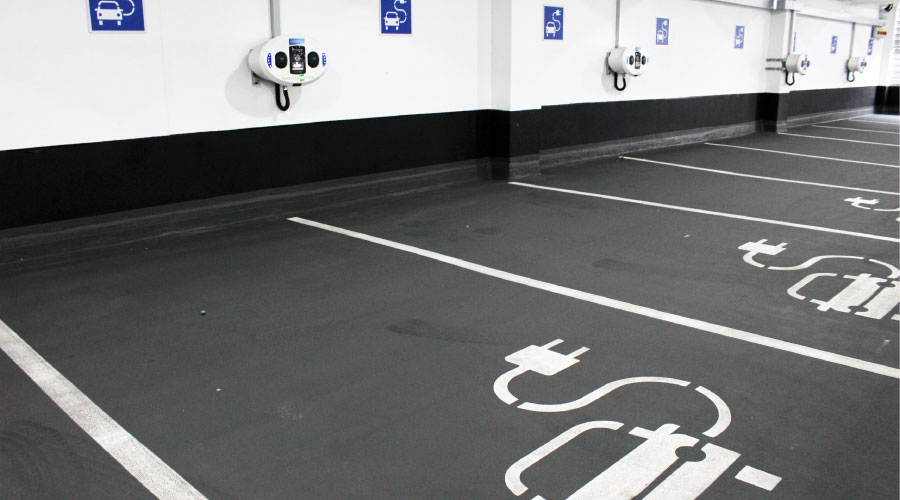Wind Power Sensible Option to Fight Climate Change, Association Says
With recent news that 2006 was the hottest year in the U.S. since regular temperature records began in 1895 and other potentially troubling signs of climate change, wind power can provide a large, rapid, and cost-effective part of the solution to global warming, the American Wind Energy Association (AWEA) said this week.
With recent news that 2006 was the hottest year in the U.S. since regular temperature records began in 1895 and other potentially troubling signs of climate change, wind power can provide a large, rapid, and cost-effective part of the solution to global warming, the American Wind Energy Association (AWEA) said this week.
The Washington, D.C.-based trade group cited supportive statements from environmental groups and scientists in calling for a national effort to accelerate wind power development. The National Audubon Society, Natural Resources Defense Council, and other national environmental groups have identified global warming as one of the leading threats to wildlife and wildlife habitat, and are warning that action must be taken rapidly, on a big scale.
“Global warming creates a sense of urgency beyond anything we have seen before," says National Audubon Society President John Flicker. "Increasing temperatures caused in part by our excessive use of fossil fuels are affecting habitat and food sources for birds, and may provide the ultimate blow to many species that are already under stress. I want to make sure Audubon is doing everything we can to promote both conservation and properly sited wind energy."
Flicker wrote a column in the November-December 2006 issue of the Society’s magazine stating that Audubon "strongly supports wind power as a clean alternative energy source" and pointing to the threat global warming poses to birds and other wildlife.
“Increasing our use of wind power is crucial to fighting global warming emissions,” says Ashok Gupta, Director of the Natural Resources Defense Council’s Air and Energy program. “And thanks to technological breakthroughs, it's a cost competitive, pollution-free alternative to new coal or gas fired power plants. The U.S. should take advantage of all of our inexhaustible sources of renewable energy, like wind and solar, as much as possible.”
AWEA cites a 2004 study from Princeton University researchers Stephen Pacala and Robert Socolow that we already possess the scientific, technical, and industrial know-how to solve the carbon and climate problem for the next half-century. No single technology is the silver bullet, but Pacala and Socolow identified seven 1 billion-ton-per-year reduction "wedges" that can together successfully reduce carbon emissions to a “flat level” or downward. Wind is one of these key “wedge” technologies. AWEA argues that wind is also one of the most cost-effective as it needs no fuel and is already a “zero-emissions” technology, as well as one with the lightest impact on wildlife of any energy source.
“The U.S. wind energy industry is proud to set high environmental stewardship standards for the energy sector as a whole, starting with zero emissions,” said AWEA Executive Director Randall Swisher. “The industry also welcomes the opportunity to set high standards for scrutiny of the impact on wildlife of all energy sources.”
Related Topics:










